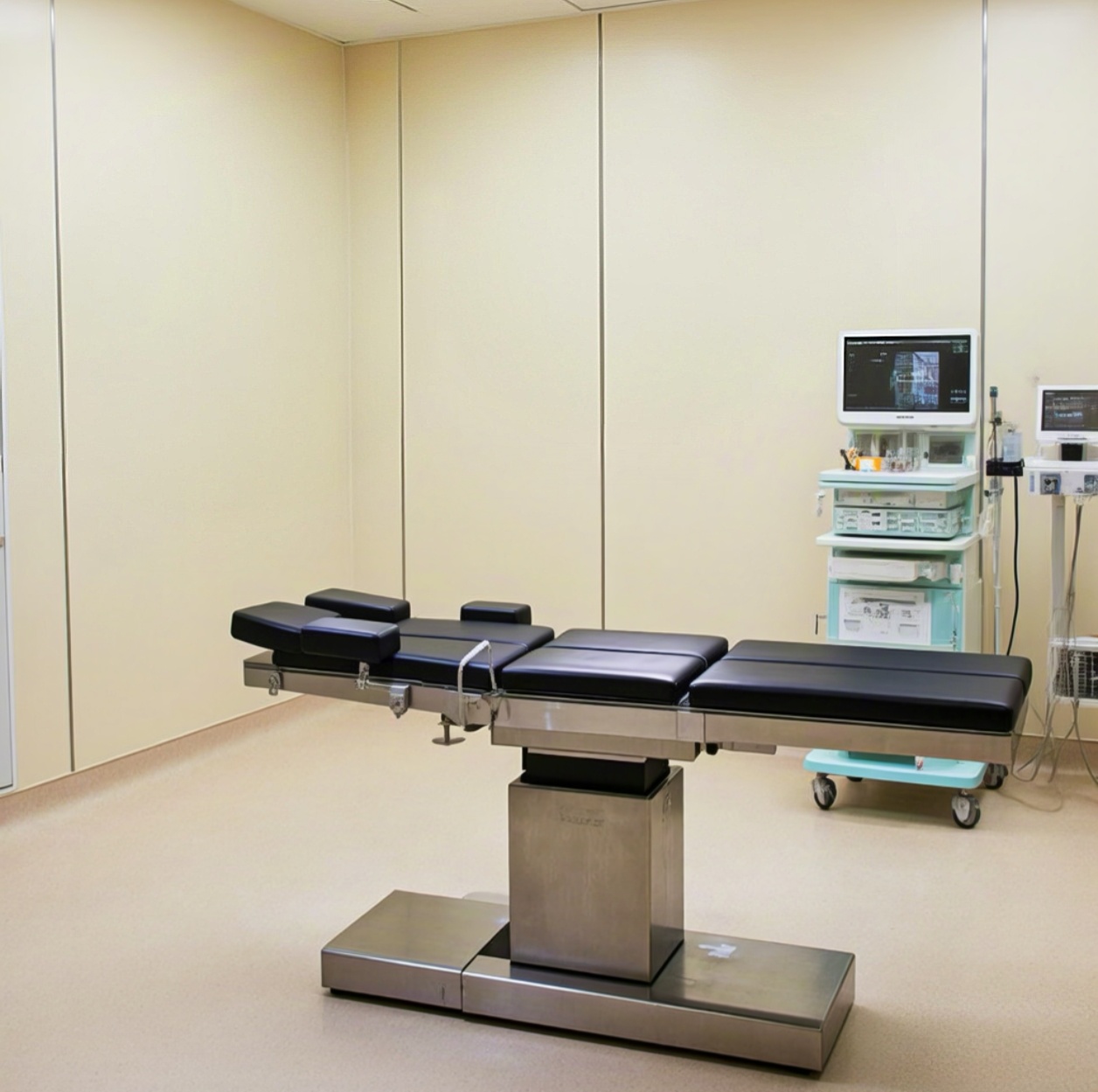How to Choose a Good Operating Table
In the modern medical environment, the operating table is one of the core pieces of equipment in the operating room. A high-quality operating table can improve surgical efficiency and ensure patient safety and comfort. This article will analyze the key factors in choosing an operating table and recommend several of our high-quality products to help you make an informed decision. Additionally, we offer a wide range of similar high-quality medical equipment to meet the needs of various medical scenarios.

I. Key Factors in Choosing an Operating Table
1. Surgical Type and Positioning Requirements
Different surgeries have different functional requirements for operating tables. For example, gynecological surgeries require flexible positioning adjustments, while head surgeries demand high stability and precision.
2. Material and Durability
High-quality operating tables are made of high-strength stainless steel or antibacterial materials, ensuring durability and hygiene.
3. Adjustability and Flexibility
Multi-angle adjustment features (height, tilt, headboard, leg board, etc.) are essential to meet the needs of various surgeries.
4. Safety and Stability
The operating table must be stable and reliable to prevent accidental movement or tilting during surgery.
5. Brand and After-Sales Service
Choosing a reputable brand ensures product quality and reliable after-sales service.
II. Recommended Products: High-Quality Operating Tables for Different Surgical Needs
1. Gynecological Operating Table
Features: Supports multiple positioning adjustments, such as lithotomy and supine positions, to meet the needs of gynecological surgeries.
Advantages: Made of high-strength stainless steel for easy cleaning; soft padding enhances patient comfort.
Applicable Surgeries: Gynecological exams, cesarean sections, hysteromyomectomy, etc.
2. Surgical Operating Table
Features: Multi-functional design supporting various surgical positioning adjustments.
Advantages: High stability and precise adjustment functions; modular design for easy accessory replacement.
Applicable Surgeries: General surgery, orthopedic surgery, urological surgery, etc.
3. Head Operating Table
Features: Specifically designed for head surgeries, providing precise head fixation and angle adjustment.
Advantages: High-precision adjustment system for strong stability; comfortable head support reduces patient discomfort.
Applicable Surgeries: Neurosurgery, ophthalmology, ENT surgeries, etc.
III. How to Choose an Operating Table Based on Your Needs**
1. Identify Surgical Types
Choose an operating table that matches the primary surgical types performed in your hospital or department.
2. Consider Expandability
Modular designs allow for future functional expansions or accessory replacements.
3. Prioritize After-Sales Service
Select a brand that offers comprehensive after-sales service to ensure equipment maintenance and technical support.
4. Budget and Cost-Effectiveness
Choose the most cost-effective product within your budget.
IV. Why Choose Us?
We provide high-quality, multi-functional operating tables that meet international standards and undergo rigorous testing. Our comprehensive after-sales service and technical support ensure a worry-free experience for our customers.
V. Conclusion
Choosing a good operating table is crucial for improving surgical efficiency and patient safety. Visit our official website for more details or contact our customer service for professional advice.
Choose us for professionalism and quality!

 Fast Contact
Fast Contact


